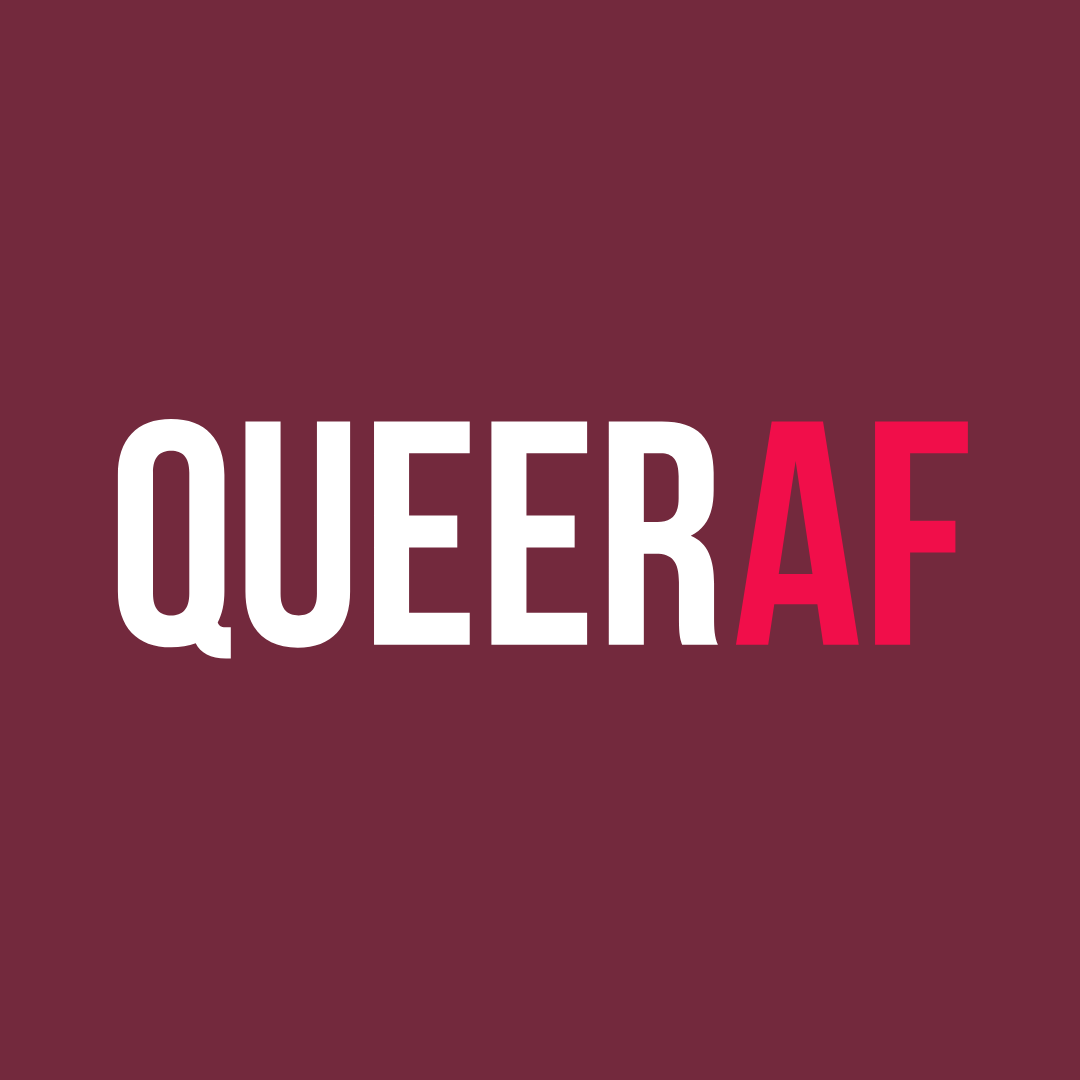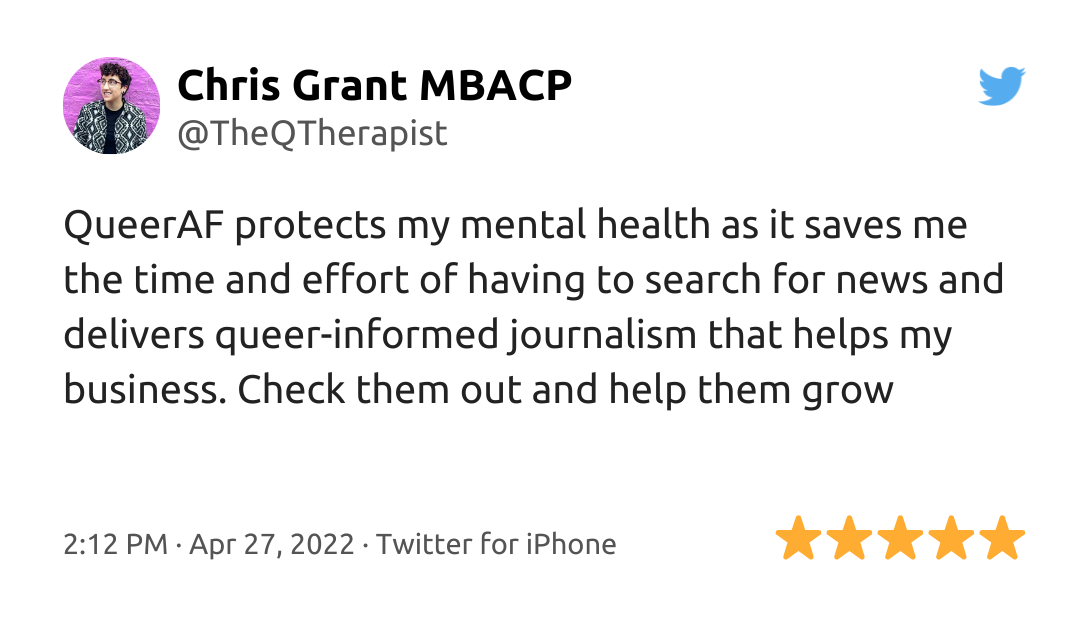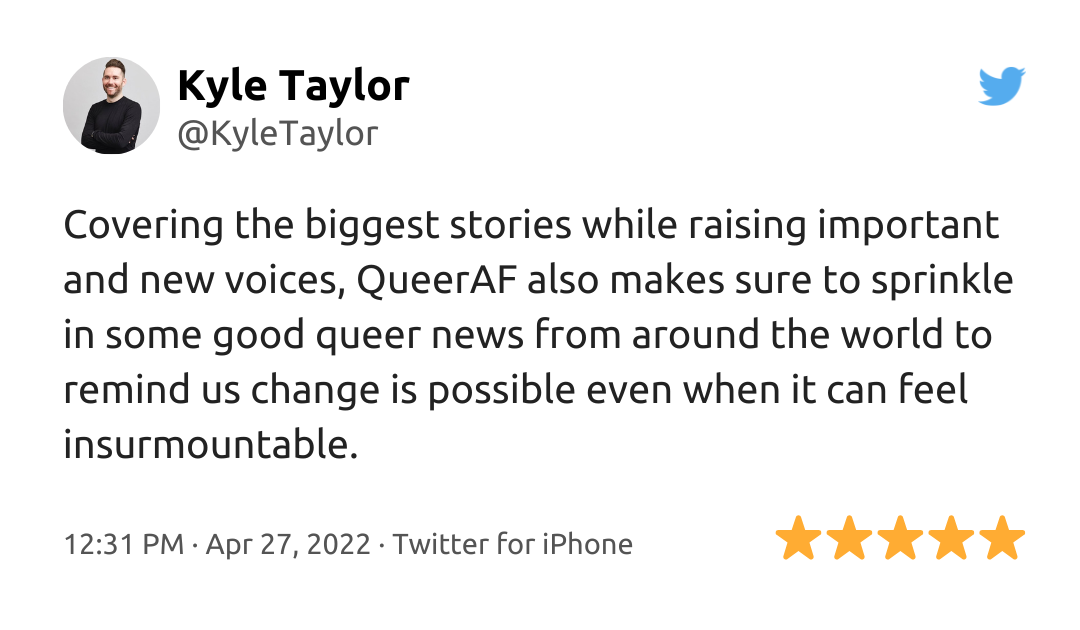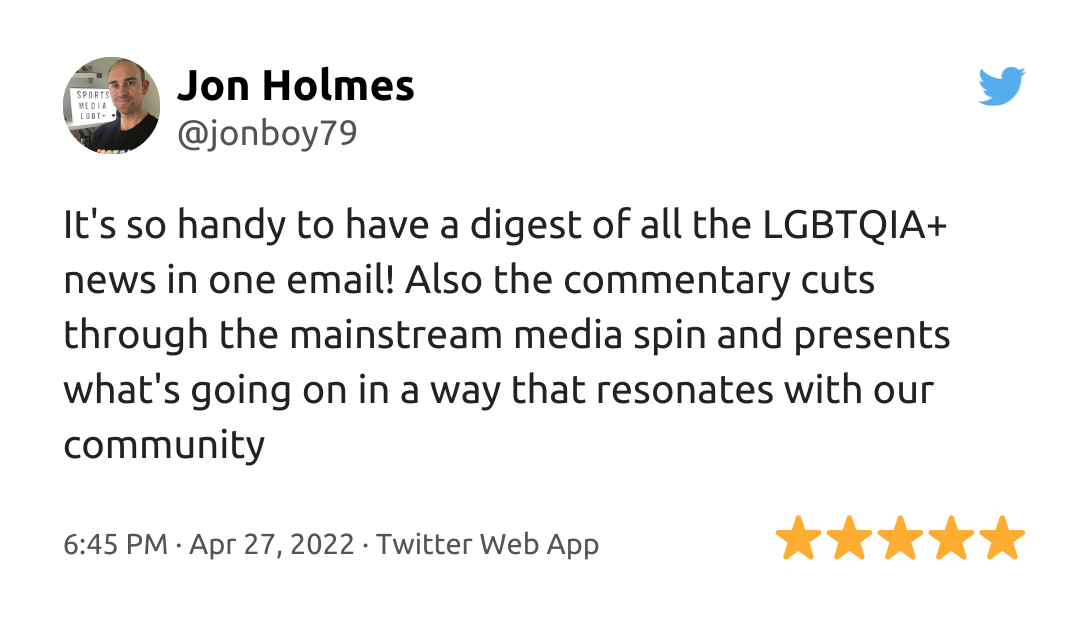
TL;DR: In an interim update from the Equalities and Human Rights Commision, the UK's equalities watchdog, the organisation has recommended that in order to comply with last week's Supreme Court ruling puiblic spaces should segregate Trans+ people, and create new mixed-space bathrooms and changing facilities for them to use. Legal researcher Jess O'Thomson provides analysis to some already commonly asked questions.
Late on Friday night, the Equality and Human Rights Commission published an update concerning the recent Supreme Court case, For Women Scotland Ltd v The Scottish Minister. In this case, the Court ruled that the term ‘sex’ should be interpreted as ‘biological sex’ for the purpose of the Equality Act 2010.
The new EHRC update is “intended to highlight the main consequences of the judgment”.
What effect does the EHRC interim update have?
It’s important to understand that this update has no legal force. It is not even guidance. It is only the EHRC’s initial opinion on what the law now requires, following the Supreme Court’s judgment.
That being said, it is likely to be practically influential, given the current lack of clarity around how services should operate.
What have the EHRC said about workplaces?
The EHRC have said that in workplaces, it is compulsory to provide sufficient single-sex toilets, as well as sufficient single-sex changing and washing facilities where these facilities are needed.
These must be organised on the basis of ‘biological sex’. That is to say, trans women must use the male facilities, and trans men use the female facilities, if no third space is available.
Especially where there are no third spaces available, this would require trans people to out themselves at work, potentially breaching their privacy and putting them at heightened risk of discrimination.
Are the EHRC’s claims accurate?
Not necessarily. The rules for workplaces do not come from within the Equality Act 2010, but rather the Workplace (Health, Safety and Welfare) Regulations 1992. These regulations require the separate provision of “sanitary conveniences” (toilets) for men and women. The same applies to washing facilities (showers) and changing facilities.
The definition of ‘men’ and ‘women’ for the purpose of these regulations is likely to be defined on the basis of ‘biological sex’, following the Supreme Court judgment, but this is not yet certain.
However, it is not necessary to provide these facilities on a single-sex basis where they are provided in separate, lockable rooms (not cubicles). This means that if an employer provides, eg toilets in the form of individual lockable rooms (with floor-to-ceiling doors and walls), these may be unisex and used by anyone.
How can workplaces best be trans-inclusive?
Employers should ensure that trans people have appropriate facilities to use. Ideally, they should consider providing facilities in the form of individual lockable rooms which are usable by anyone. This means that trans people will not be segregated into separate facilities.
If this is impossible, employers will be required to provide single-sex toilet facilities. Employers should ensure that there are third spaces that trans people can use, so they are not forced to out themselves at work, or use inappropriate facilities which may cause them distress. A failure to do so, or if the third spaces provided are of lesser quality, may amount to indirect discrimination on the basis of gender reassignment.
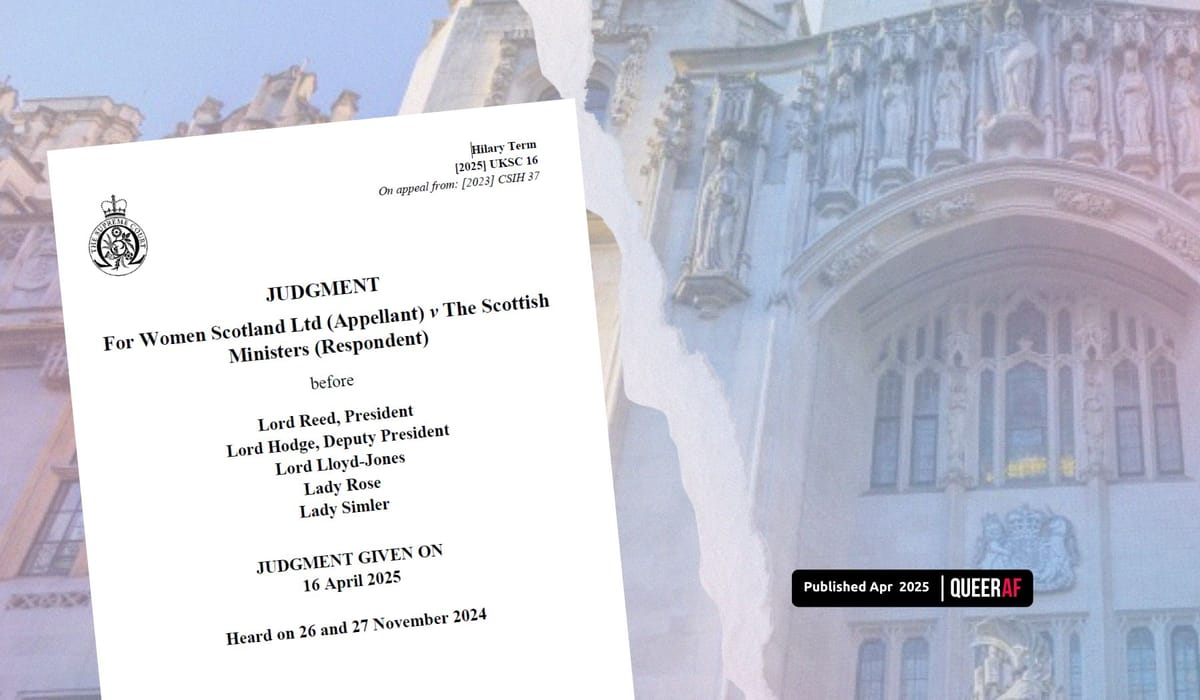
What have the EHRC said about service providers?
The EHRC have made clear that is not compulsory to offer services on a single-sex basis, or provide single-sex facilities such as toilets. Indeed, this is the default position under the Equality Act 2010. These may only be single-sex if it is shown to be a proportionate means of achieving a legitimate aim, and they meet other conditions in the Act.
However, the EHRC says it could be indirect sex discrimination against women if the only provision is mixed-sex.
The EHRC say that trans women should not be permitted to use the women’s facilities and trans men should not be permitted to use the men’s facilities, as this will mean that they are no longer single-sex facilities and must be open to all users of the opposite sex.
If it can be justified, trans women may not be permitted to use the men’s facilities, and trans men not permitted to use the women’s facilities. However, the EHRC says that where facilities are available to both men and women, trans people should not be put in a position where there are no facilities for them to use.
The EHRC says that, where possible, mixed-sex facilities should be provided alongside single-sex ones. It also possible to provide lockable rooms (not cubicles) which are intended for the us of one person at a time, on a unisex basis.
How can service providers best be trans-inclusive?
Service providers should be clear that their facilities are not operated on a single-sex basis. This will likely be necessary in order to best provide for the needs of everyone, not just trans people.
For example, if spaces are operated on a single-sex basis, then parents will not be allowed to take their young, opposite-sex children to the toilet, as is now common practice. This would mean a mother would not be able to bring her young son into the female toilet with her.
It may be possible to do this whilst still having toilets broadly for ‘men’ and ‘women’ - but a disclaimer might need to be added saying that anyone can use the facilities when necessary.
Unisex spaces also better account for the needs of nonbinary people, who do not fit neatly into either sex.
Service providers may want to offer single, lockable rooms, to avoid claims of discrimination from those who do not wish to use mixed-sex facilities.
If services are provided on a single-sex basis, then providers should ensure that there are third spaces that trans people can use, so they are not forced to out themselves in public (placing them at potential risk), or use inappropriate facilities which may cause them distress. A failure to do so, or if the third spaces provided are of lesser quality, may amount to indirect discrimination on the basis of gender reassignment.
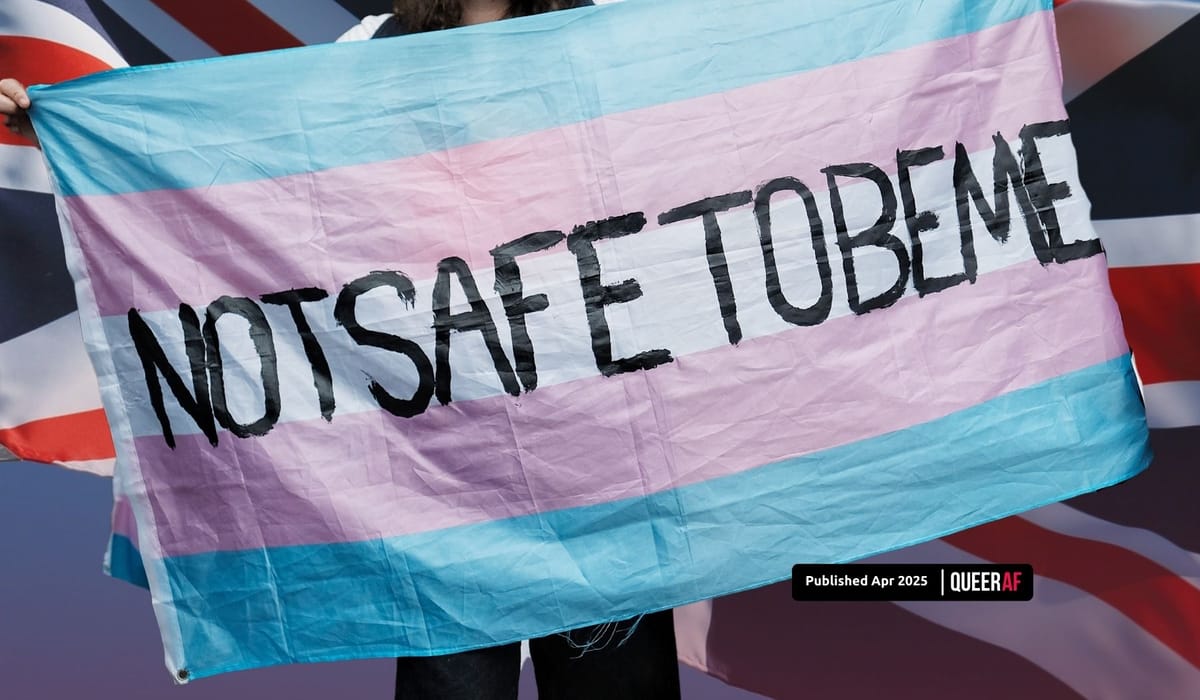
What have the EHRC said about associations?
The EHRC states that membership of an association of 25 or more people can be limited to men only or women only and can be limited to people who each have two protected characteristics. It can be, for example, for gay men only or lesbian women only.
The EHRC claims that a women-only or lesbian-only association should not admit trans women, and a men-only or gay men-only association should not admit trans men.
Analysis: What will happen now?
The EHRC says its updated guidance will be available in due course and provided to the UK Government for ministerial approval by the end of June. They are currently updating the Code of Practice, following the Supreme Court judgment.
A public consultation will be launched in mid-May, lasting for two weeks, and seeking views from affected stakeholders. However, it will not be seeking views on any legal aspects, which the EHRC claims have already been made ‘clear’.
This guidance, when approved, will provide an incredibly influential interpretation of how single-sex services will be operated in practice, which will almost always be followed. Depending on its contents, it may, however, be subject to legal challenge.
In its current state, in my view, following what the EHRC has set out may breach trans people’s Article 8 rights under the European Convention on Human Rights. Only time will tell if such a challenge can be brought.

Very few people could have done justice to this FAQ as Jess could have.
Not only an incredibly trusted and proficient Trans+ journalist, Jess O'Thomson is also an expert legal researcher.
They are one of a handful of prominent Trans+ journalists in this country.
But every week at QueeanAF we not only imagine what the media would look like if that was different: We're taking action to change that.
As a not-for-profit, everything we bring in is reinvested in our mission of creating a new generation of queer media creatives, who can change the newsroom, to change the country.
But that work has to start here. Which is why we're modelling the change we want to see by investing in Trans+ talent. In fact, 7 in ten of our writers in the last year are Trans+.
If you valued Jess's analysis, and unique take on this week's critical ruling, please consider supporting QueerAF's journalism with a membership.
This ruling means we'll likely see a raft of new legal challenges, political fights, and anti-trans propaganda that needs to be challenged.
We can only win this fight if we all get the information we need to cut through the noise. We need to use nuanced, detailed analysis as the base for our activism.
That's what QueerAF does best. That's why thousands of you read our newsletter every week. That's why we need you to upgrade to a QueerAF membership today. Why not take a look, and see if it's for you:



